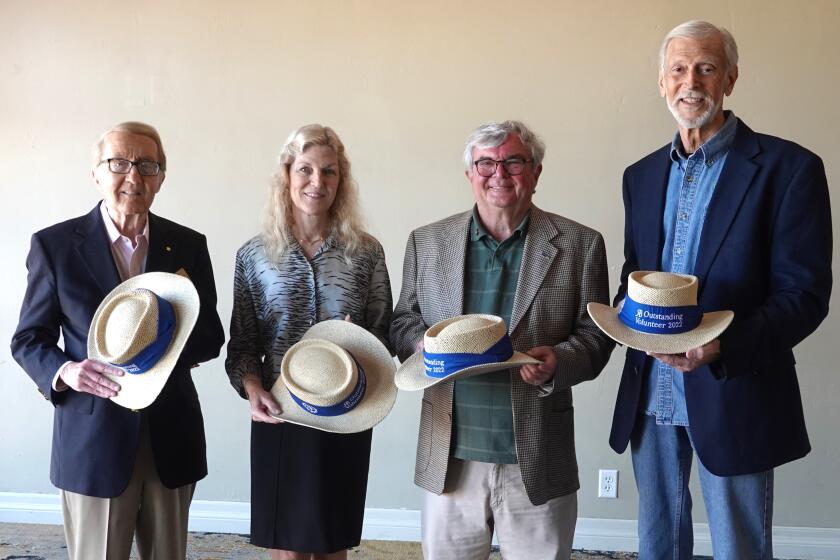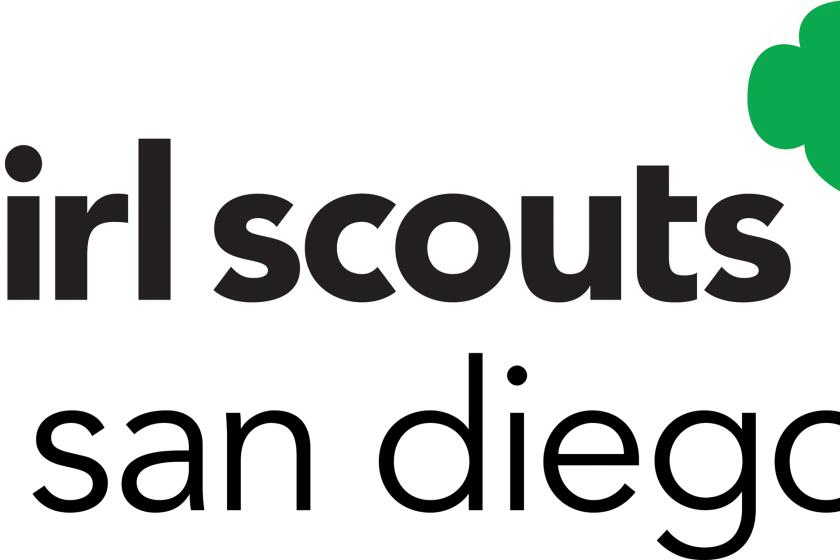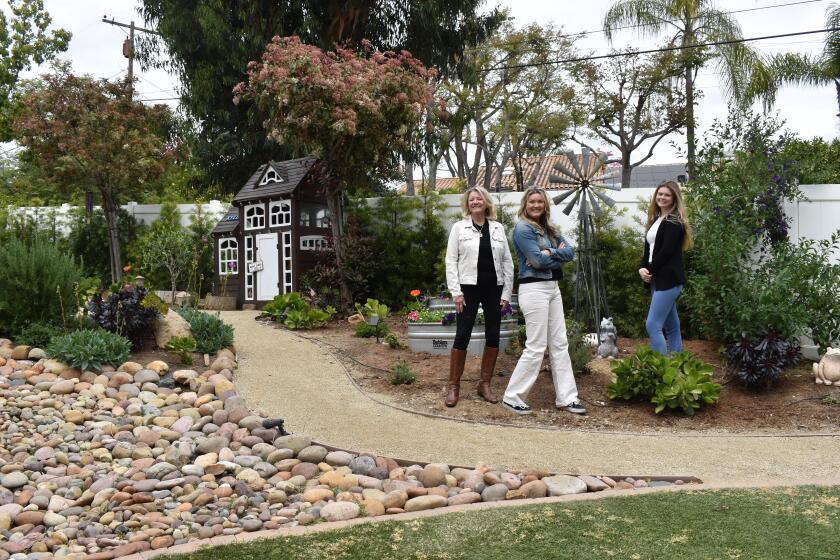San Diego $5B infrastructure financing plan unveiled
City Councilman Mark Kersey unveiled his infrastructure financing plan for the next 30 years on Wednesday morning, a charter amendment he will try to get voters to approve next June.
The proposal will be discussed on Dec. 9 by the City Council’s Infrastructure Committee, which Kersey chairs. He said that by early next year the full council will take up the proposal so it can be ready for the primary election ballot.
His plan, if approved as currently designed, will secure approximately $4 billion to $5 billion for neighborhood infrastructure needs over the next 30 years, starting in fiscal year 2018. It devotes three different revenue streams that are already in existence and do not require raising taxes.
Using fiscal year 2016 as a base line, it will dedicate future sales tax growth for the next 30 years, savings from voter-approved pension reform for the next 30 years and preserve half of all new major general fund growth for the next 10 years to finance taking care of infrastructure needs.
The plan would only need a simple majority of voters (50 percent plus one) in the June 2016 primary to approve it.
“What we’re doing here is dedicating future revenue growth specifically for infrastructure,” Kersey said, adding that if such a mandate had been done decades ago, the city would not have billions of dollars in unmet infrastructure needs and deferred maintenance that it has now.
“I think if we look at the past history, city leaders have shown an unwillingness to invest in needed (infrastructure),” he said. “With a voters mandate, infrastructure will be a top city priority.”
Fixing the city’s infrastructure has been Kersey’s priority since joining the council three years ago, when then City Council President Todd Gloria established the city’s first Infrastructure Committee and made Kersey its chairman. Kersey has often said that potholes and other infrastructure problems are the number one complaint he hears from his constituents, including Rancho Bernardans.
He said the plan would contain specific exemptions for Qualcomm or any future football stadium and San Diego Convention Center from the funding since those facilities are soon to have their own ballot measures, potentially by next year. This way the $4 billion to $5 billion dedicated through his plan will go to other city facilities and needs, such as libraries, police stations, fire stations, road and sidewalk improvements, sewer lines, storm drains and other long-neglected infrastructure.
“I’ve been working hard on this every day for the past three years,” he said. “This is the culmination of a lot of people’s (efforts) ... in working to rebuild San Diego.”
Kersey, who is seeking reelection for a second four-year term next year, said he expects a “robust campaign” next year and would not be bringing this voter mandate to the ballot if he did not think it would pass. “The feedback I have been getting is very positive,” he said.
As for how Kersey views his first three years in office, he said, “It’s good, there’s been a ton of progress.” He credited that in part to Mayor Kevin Faulconer, now completing his second year. “He’s hit his stride and the priorities of the council and the mayor are aligned ... (regarding) infrastructure and public safety.”
Regarding Rancho Bernardo issues, he said a storm drain along Pomerado Road is among the 10 worst in the city. It was recently included on a state of emergency list so its clearing can be expedited in anticipation of El Niño. Kersey said the storm drain has likely not been cleared in 20 years, in part due to state and federal regulations since habitats have formed in this and other storm drains citywide. If not cleared, flooding could lead to damage of nearby homes and businesses.
Other issues Kersey said he is looking into are the Palomar College campus coming to Rancho Bernardo and potential associated problems, Waterbridge parking problem in Westwood, getting $10,000 allocated to save Webb Lake and establishment of a 311 system so people can more easily report problems like burned out street lights and potholes.





